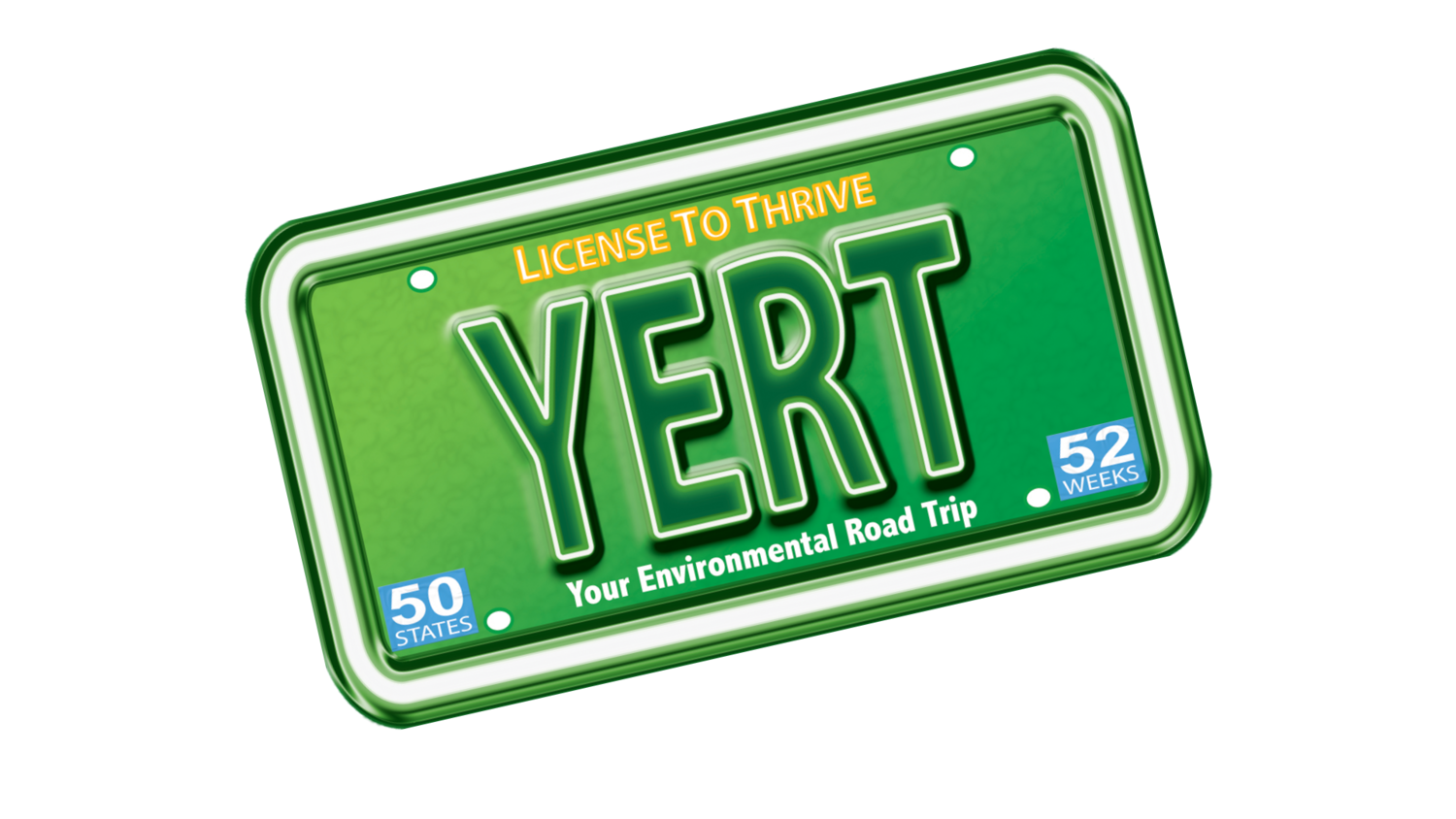Day 126: recap from Oahu
Ben is sick, caught my Maui cold! Sorry, Babe.On to Oahu, where the lovely Smith family shared their home with us for a few days.We had a rare treat on this leg of the trip - Since we're driving a rental car and don't have our year's worth of stuff, we were able to bring a guest with us to our daily interviews! (Thanks for coming, Rachelle!) We drove to the Lyon Arboretum where Director Christopher Dunn showed us some basement seedbanks and explained to us the difference between non-native species ("alien," - not necessarily bad) and invasive species (also alien - but very bad - take over whole ecosystems, competing for air, light, soil, etc.) He described to us the distinction between indigenous species (native) and endemic species (native but occurring nowhere else in the world) and told us that Hawaii has the highest percentage of endemic species in the World, and they are disappearing rapidly.Part of what botanical gardens do is collect, preserve, and propagate specimens of plants that may no longer occ
ur in the wild, in the hopes of possibly reintroducing them at some future point. We walked into an incubator of just such specimens at Lyon, and were struck by the nursery of seeds and seedlings, growing each in their own little test tube of jelly nutrient. We were even more struck by the ruthless mosquitos (incidentally not native to Hawaii at all - special thanks to whoever brought those over).We headed to University of Hawaii's student sustainability meeting a little late, so Ben and I went ahead with the camera while Mark and Rachelle looked for parking. We creaked open the red door at the top of the 6th Floor of Saunders Hall onto a full room of engaged faces. These people are excited about sustainability! They are doers: architects, engineers, business majors, green builders, environmental studies majors and graduate and doctorate students working to make change happen right there on campus. A charming dark-eyed mechanical engineer named Shanah Trevenna leads this group with a focus and a fire that is infectious. Her determination and optimism seem amazingly matched by the willingness of the student team to come up with answers to our most pressing environmental challenges. (ie: The team is finding ways to save the University $$ by studying sustainable energy alternatives, and then offering to make the changes themselves, in exchange for a portion of the savings. And the University is going for it!)It's working!One of their professors is Ira Rohter, who authored the book, Green Hawaii, In it, he tried to describe a sustainable path for the Islands so that people might get an idea what that would look like and gravitate toward that. Since the professor wrote Green Hawaii in 1992, with many projections about what the future could look like, we were interested in getting his take on Hawaii's current state of wellness and how he now pictures the future. More later, but the most important thing to me was Prof Rohter's belief that it is not a question of IF the world will change but WHEN in our lifetime, and will we be able to meet the challenges that are coming. I asked him, What tools will we need, to be prepared? He said we need to relearn some skills. Knowing how to grow food, how to cook, how to sew, even something as simple as knowing how to cut bread will make the transition less of a shock. Guess I better start working on that goat farm?Our last interview on Oahu was with Christy Martin, of CGAPS, Coordinating Group on Alien Pest Species. Christy talked to us more about the importance of keeping Hawaii free of invasive flora and fauna and the difficulty in keeping out alien species on such a high tourist destination. Ben, in particular, is likening humans to the invasive species. Oahu, in particular, is so developed that the air smells like smog and all you see are high-rise buildings and parking lots, big box stores and highways. What used to be one of the most easily sustained human settlements, without the use of electricity, now has to import 90% of its energy and 75% of its food from outside the islands. Not a very good use of natural resources that were already there, and not a very good use of traditional wisdom that was already there.
And yet, somehow, the local Hawaiian people maintain a sense of community that isn't found in most of suburbia. They still hang out with each other on porches after sunset and tell stories, they still sit around the beach and cook for each other. They may be more prepared than the rest of us when it comes time to rely on our friends and neighbors to embrace our changing world. Anyway, we thank them for welcoming us onto their homeland. Mahalo.
